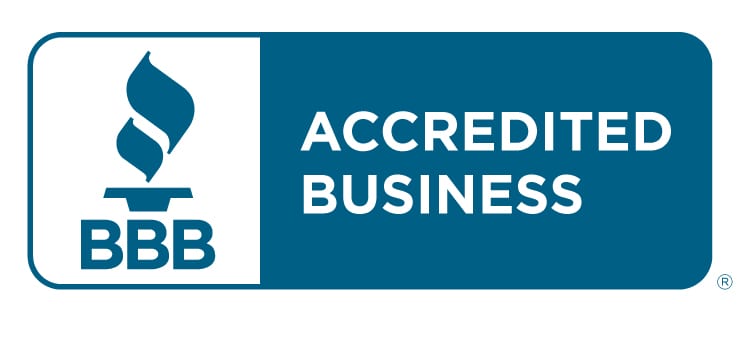Are you familiar with Web 3.0 (or web3)? It’s been dubbed the next iteration of the internet, and it’s something you might want to keep on your radar.
It seems like everyone is talking about web3, but there isn’t a real consensus about what it is and what it isn’t. To help clear up some confusion, we’ve put together this brief guide to Web 3.0 — including what it (might) actually mean.
The Web Revolution
Most of us probably remember the early internet, or Web 1.0. That was the internet of Ask Jeeves and public journals — when we hadn’t quite figured out what the internet was supposed to do.
Next came Web 2.0, and that’s where we are now. Web 2.0 is defined by social connectivity and the monetization of those connections. It’s both more public and, in some ways, more private than its predecessor.
Next Up: Web 3.0
The hope is that web3 eliminates some of the perceived problems with Web 2.0, such as the centralization of content and the lack of user privacy. The idea is a more adaptable, more user-friendly web experience. In theory, it’s not just an improvement on Web 2.0 (and in some ways, such as cybersecurity, it could be a step back) — it’s a different atmosphere powered by blockchain and crypto technology.
Real Deal or Buzzword?
This is where it gets tricky. It’s natural that the internet would progress in dramatic ways, but experts can’t exactly agree on what web3 will and won’t be. So yes, it’s real, but maybe not in the way we currently conceive of it. We’ll just have to wait and see, adapting as needed if and when the internet makes the shift to the next frontier.
Still have questions? Get in touch and let’s chat.



